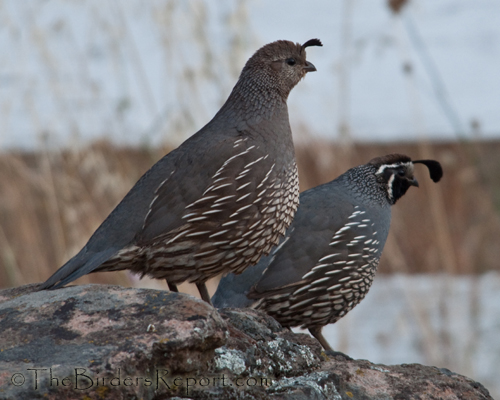
California Quail Pair photos by Larry Jordan
I have seen several pair of California Quail with their young in the last week or so. They have been coming to our pond to drink. There had to be at least twenty little quail scurrying away when I came around the corner of the house the other day but today, I wanted to get some baby quail photographs and they didn’t show up. I did have lots of young visitors though, like this Black-headed Grosbeak fledgling.
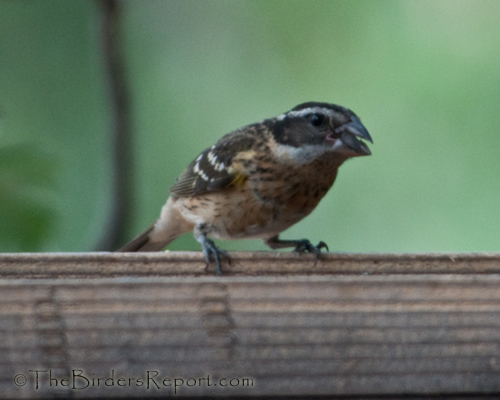
I counted at least five of these Black-headed Grosbeak fledglings
Most of the young fledglings will show the tell tale sign of a light colored beak at the angle of the mouth, the commissural point. You can see it on this young Western Scrub-Jay.
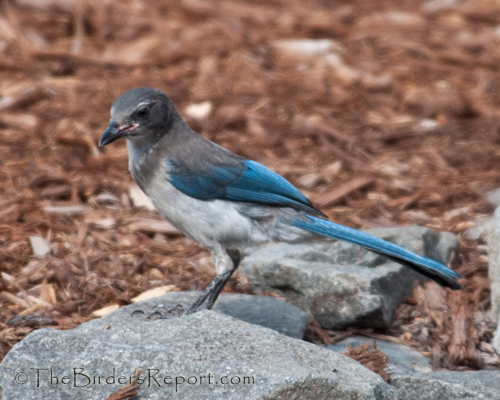
This juvenile scrub-jay appears to be a little older, possibly going through its 1st molt
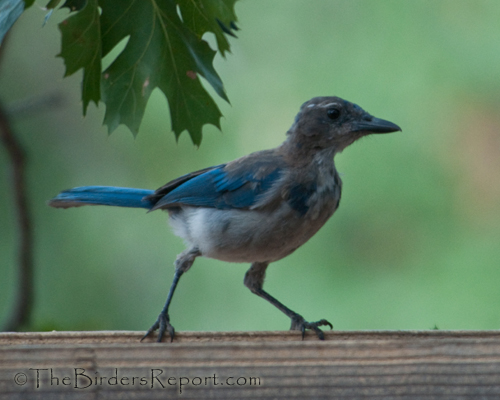
I observed several Acorn Woodpeckers at the woodpecker feeder with some adults feeding the juveniles. There were also at least four White-breasted Nuthatches using that woodpecker feeder as well as the upside-down suet feeder. I also caught a Pine Siskin at the thistle feeder along with several Lesser Goldfinches.
Then there were the hummingbirds. I captured this young female Rufous Hummingbird drinking from the waterfall at the pond.
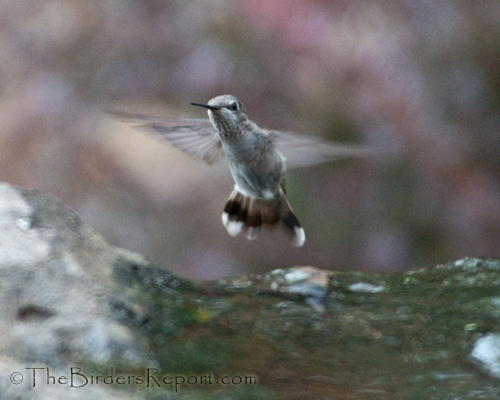
And this young male Anna’s Hummingbird fighting for his turn at the waterfall
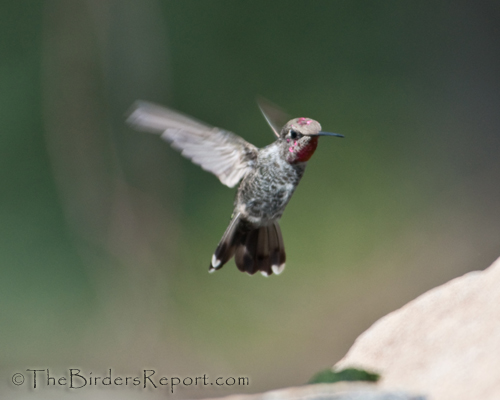
With the temperatures having been in the triple digits for the last couple of weeks, our pond and waterfall has been a magnet for the birds. Of course it helps to have several bird feeders up with sunflower seed or thistle seed, and a tray feeder with mixed bird seed (if you don’t have European Starlings or House Sparrows to worry about).
Some hummingbird feeders and at least one suet feeder and you’re good to go! If you love woodpeckers, like I do, a woodpecker feeder is a bonus and will also attract nuthatches and Chickadees!
It is such a joy to watch the birds in my yard. Watch them feed, bathe and raise their young. Then we get to watch as the young birds grow and learn and come back the next year, with their parents, to continue the cycle. Anyone can do it. All it takes a little planning. Check out the National Wildlife Federation to get started on your Certified Wildlife Habitat.
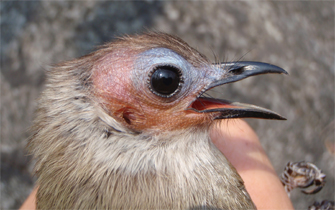







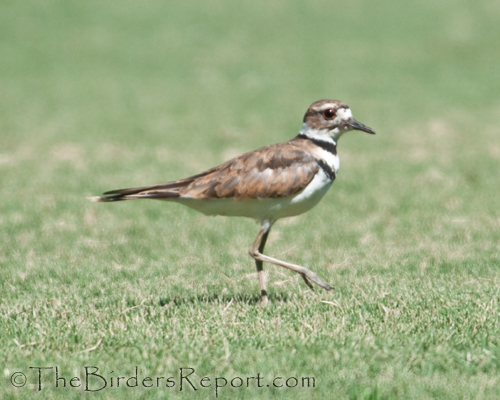
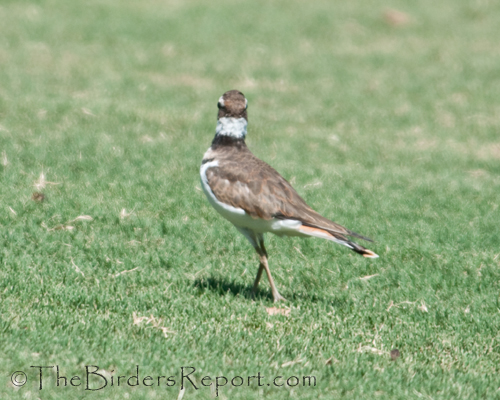
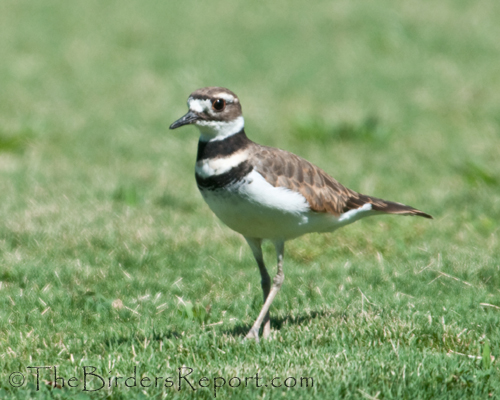
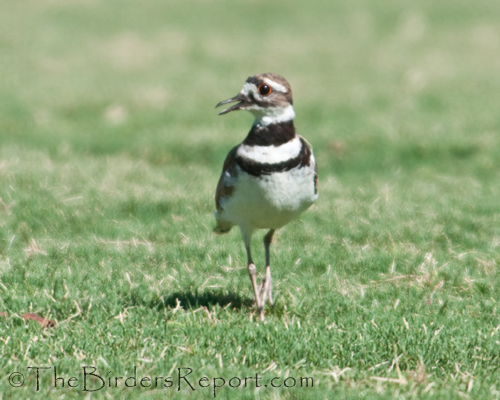
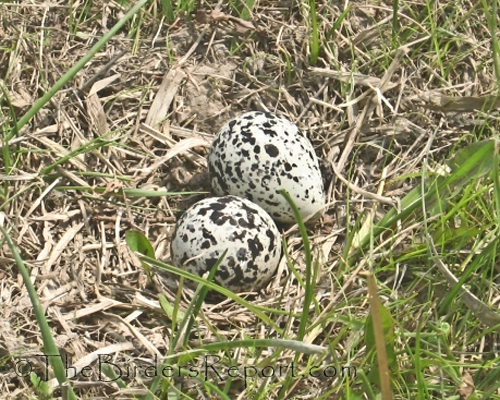




Social Media Connect